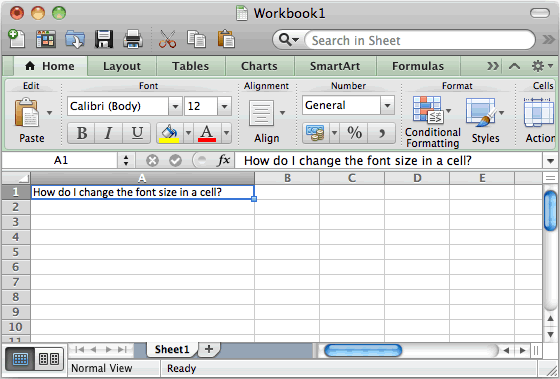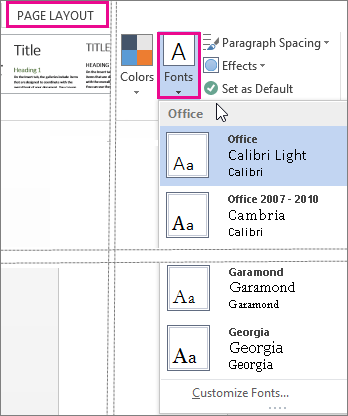

You could select column N (one column past where you will be working) and change the font for that single column to 20-point Arial. For instance, let's say you open a new workbook, and you know that the data you enter will occupy rows in columns A through M.


The only way we've been able to determine to do this as Loretta envisions is to change the font and/or font size for the worksheet. That means you need to leave the row height set to implicitly adjust (done by choosing AutoFit as the row height) and, somehow, get it to go no lower than 25. If you change the row height for a workbook to 25, explicitly, it won't adjust larger automatically. Loretta wants the row height to be 25 and adjust larger, if necessary, and she wants it to be done automatically. If you change the font from Calibri to Arial, but leave it at 20 points, the row height automatically changes to 25.5. For instance, if you change from 10-point Calibri to 20-point Calibri, you would expect the row height to double-but it doesn't. There seems to be no rhyme or reason on how this calculation occurs. The default font for Excel is 10-point Calibri, so the row height is calculated to be 12.75. Implicit height is calculated by Excel based on the size of the largest font used in the row. When you do so, you are "locking" the row height so that it is always what you specified. You specify an explicit row height by using the tools on the ribbon to specify the exact height you want used for a particular row or rows. There are two ways you can specify row height in a worksheet: explicitly or implicitly.
Setting default font in excel for mac how to#
She wonders how to make the default work this way. The default row height in her worksheet seems to be 12.75 but she'd like that to be, perhaps, 25 and then auto-adjust for any rows that need to have more height. She doesn't want some "skinny" rows to appear.
Setting default font in excel for mac for mac#
Of course, this won’t change existing files, and it also won’t affect any Word for Mac documents you create that start from templates.Loretta wants to set a default row height with word wrap, but she also wants automatic row height to play into it.

Now, all new documents you create will start with the font choices you made previously.


 0 kommentar(er)
0 kommentar(er)
